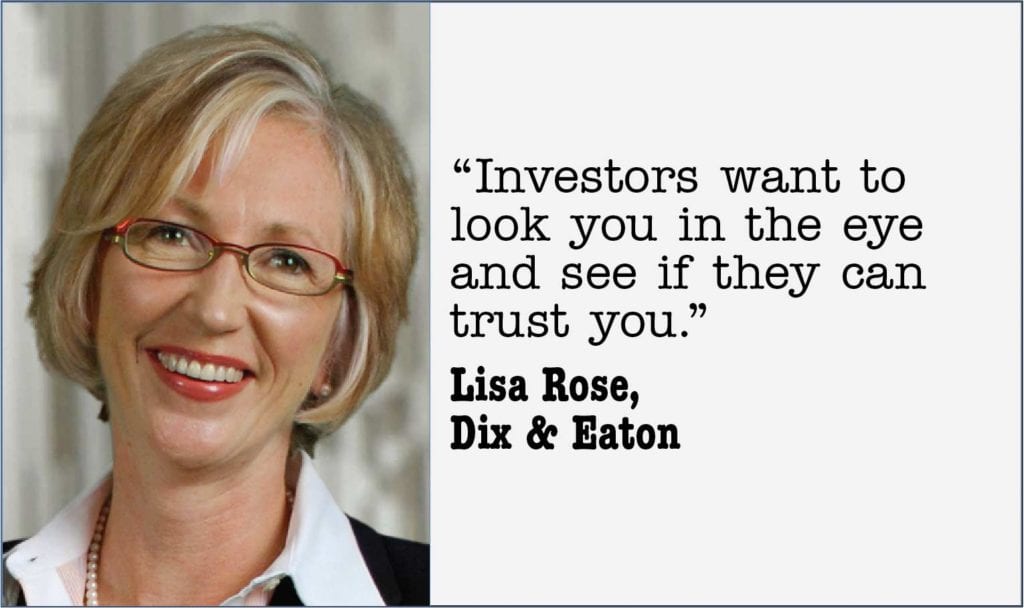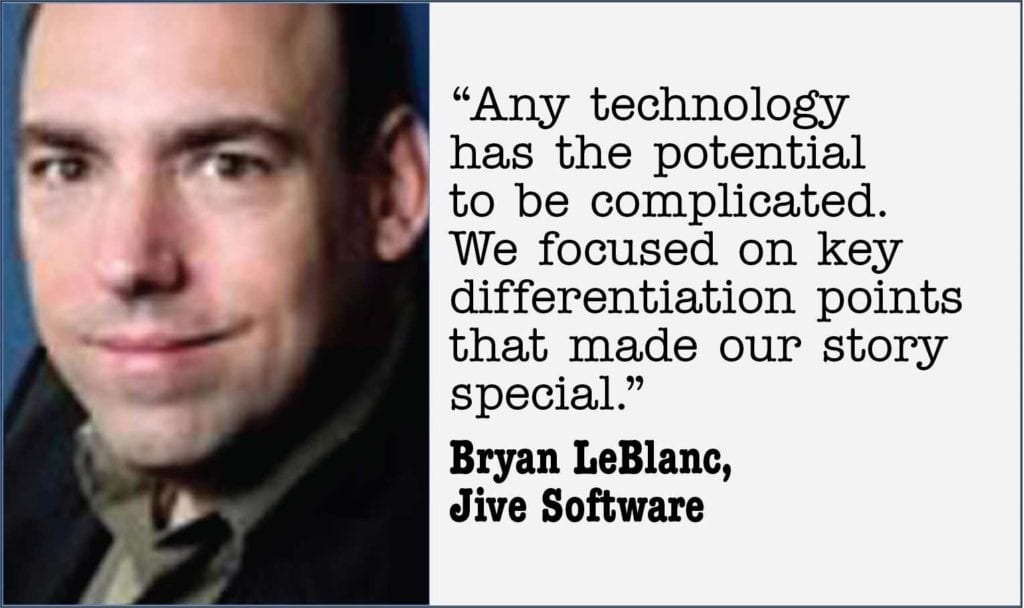Friday, May 18, 2012, should have been a glorious day for Facebook. Poised for an initial public offering that was expected to make history, founder and CEO Mark Zuckerberg rang the Nasdaq trading bell from Facebook’s California headquarters.
Then the trading actually commenced, and all hell broke loose. Mass confusion among the banks and brokerages involved—stemming from a Nasdaq technical glitch that delayed the start of trading—caused havoc as customers placed stock orders that didn’t go through or were filled at a lower price later that day.
What really happened? Stock market experts say that there was too much overall trading volume for Facebook that day, exacerbated by Nasdaq’s technical shortcomings and by a questionable move by Facebook, which two days before the opening bell increased the number of shares offered in the IPO to 421 million from 337 million.
By Tuesday, May 23, Facebook’s stock had plunged 18% from its original IPO price—it hovered at about 16% on May 24—and a group of investors were suing Facebook and Morgan Stanley for not disclosing key information about reduced revenue expectations. Headlines like “Facebook Has No Friends” began rearing their ugly…well, you get it.
Who knows, a year from now this botched IPO could be forgotten. Or, this could be a disaster that might damage the social network beyond repair. In any case, this was far from perfect execution. So just what does make a solid IPO from a financial communications standpoint? We talked to IR experts in both corporate and agency settings to find out.
COMMUNICATIONS FUNCTION
 |
Lisa Rose, senior managing director at Dix & Eaton, has handled her share of IPOs. She says early on in the IPO process, what’s often the focus is the financial part. “There’s a communications function involved as well,” she says. “You need to explain to potential investors why they should care about buying your shares.”
The most important thing, then, is to articulate the value proposition of the company—first internally and then to external audiences. That’s just what executives at Palo Alto, Calif.-based Jive Software concentrated on leading up to their successful IPO in December 2011, which raised $160 million on the first day of trading, pushing the company’s total valuation to $888.9 million.
“We had two communications objectives,” says Bryan LeBlanc, chief financial officer at Jive Software, who led the investor relations effort for the IPO. The first was to educate potential investors about Jive, the second to education the public at large. “Put those two together and that was our strategy to get our story out.”
Jive’s story? It offers “social business software” that uses social tools to connect people within a corporation, or connect a company to its customers. Hence, messaging is about “bringing social into the enterprise world,” says LeBlanc.
PARING DOWN THE MESSAGE
 |
Distilling the message was the biggest challenge, says LeBlanc. “Any technology has the potential to be complicated,” he says. To simplify the message, the Jive team focused on key differentiation points that made their story stand out. Monikers such as “Facebook for the Enterprise” and “We Change the Way People Communicate” were developed.
Another challenge, says LeBlanc, was helping the C-suite prepare to communicate with bankers while out on their IPO roadshow. This is the time when the company story must be great, says Rose. “Investors must be able to understand what long-term growth prospects are,” she says. The most important thing to remember: “They want to look you in the eye and see if they can trust you,” says Rose.
Management presence at such roadshows are a must, says Claire Koeneman, of Hill+Knowlton Strategies. In the case of Facebook, it was reported that Zuckerberg skipped the second day of a meeting in Boston, leaving a large group of investors miffed. Koeneman also stresses that communicators need to play to the strengths of their executives at such a crucial period.
Having gone through the IPO process, LeBlanc has this advice for IR communicators who might, in the future, be in the same position.
1. Line up knowledgeable advisers. “We had great bankers, and brought in an external agency to tune our messages.”
2. Be over-prepared. Learn the rules of IPO, including disclosure rules.
3. Be transparent with Wall Street. “Trust is one of the most important components of an IPO,” says LeBlanc.
4. Respect the process. “Work hard to tell your story in a succinct way that will showcase your company’s value to investors,” says LeBlanc.
And, one more thing: Don’t forget about your employees who have helped move your company toward IPO status. Throughout the process, LeBlanc blogged updates to employees, so there would be no surprises. “It kept their focus on building the business, and built a great amount of trust,” he says.
Rose recommends always being aware of the time it takes to build relationships with investors leading up to an IPO. Just like building a brand, building investor trust is a long-term endeavor. PRN
CONTACT:
Lisa Rose, [email protected]; Bryan LeBlanc, @bryanleblanc; Claire Koeneman, [email protected].
Follow Scott Van Camp: @svancamp01
